Painting, decorating and home improvement tips blog
Recent listed building exterior job summer 2014
Posted by Adrian
September 15th, 2014
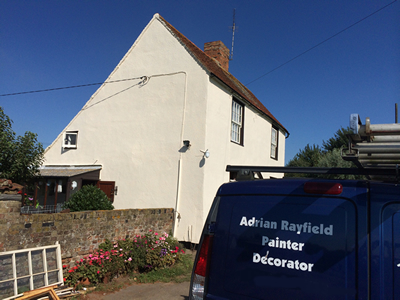
Recent listed building exterior job summer 2014
As the summer draws to a close I thought I would post about a recent job I have completed. The job was a 17th century Grade II listed building property in my local area. I viewed the property in mid April 2014 with the intent to do the job late summer.
The property required some repair work to woodwork but was also in need of two new windows, a box sash window on the front elevation and a small window to the side elevation. These windows were made by a local joinery company and fitted by a local builder.
The building is timber framed that originally had weatherboard on the exterior but was rendered some year ago. The roof has a catslide style, this means one side is longer than the other.
Decorating the exterior
The rendered walls had algae growing on them so the first job was to treat this with a algae and anti fungicide wash, this was applied, left for a while, and then thoroughly washed and scrubbed off.
Once the walls were dry I could apply the masonry paint, two coats were applied to the walls of a Dulux smooth masonry paint in Magnolia. Once this was done it was time to do the windows.
There were nine windows in all to paint, the frames were painted in Sadolin Superdec Walnut, and the windows themselves in Sadolin Superdec Magnolia, the front door was also painted in the same Walnut and magnolia.
The guttering and downpipes were painted in a black gloss, the plinth was painted in a black bitumen to finish off the bottom of the property.
The customers were very happy and as you can see by the pictures below, there is a big difference between the before and after shots.
The before and after pictures
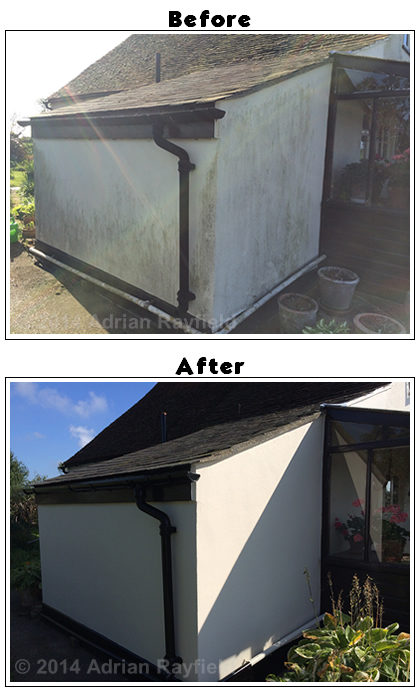
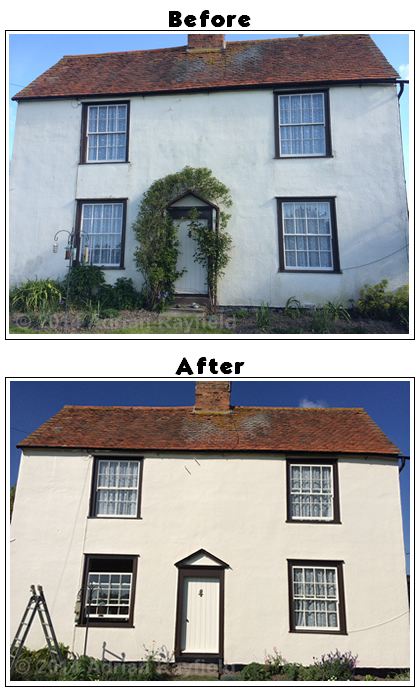
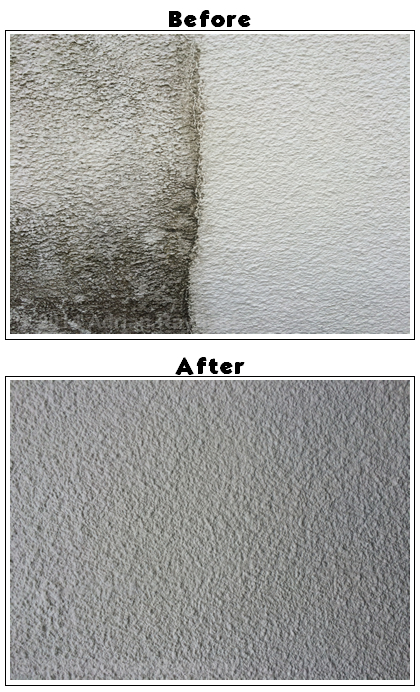
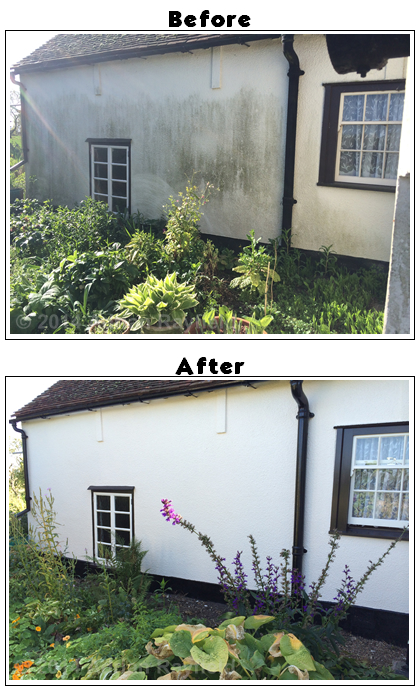
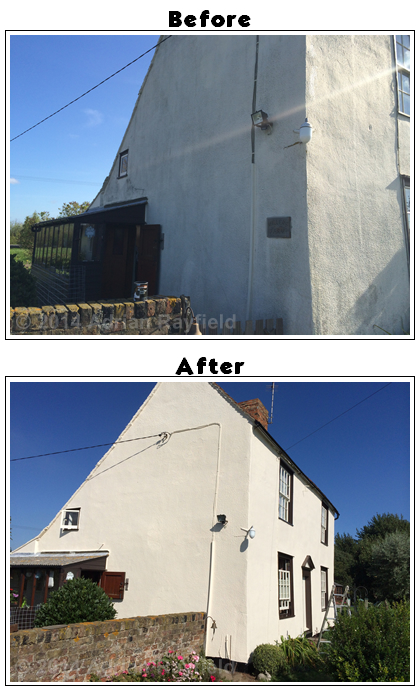
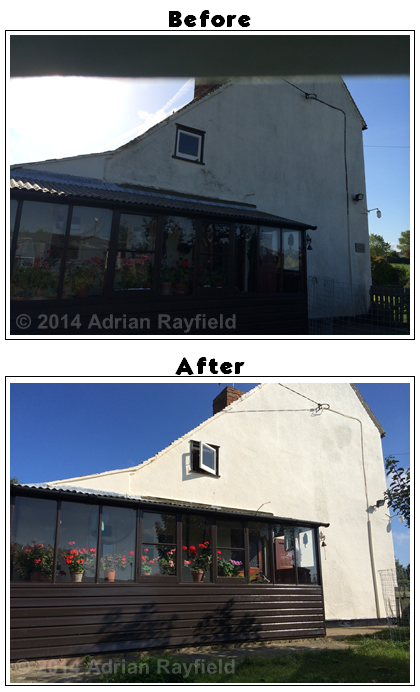
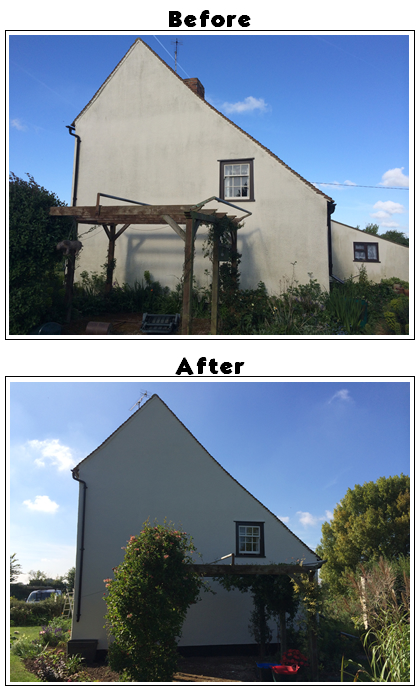
Tags: 17th Century, Building, Dulux, Listed, Listed Building, Sadolin, Sah Windows, Summer, Superdec, Windows, Woodwork
Posted in Decorating Tips, News | 1 Comment »
Parts of a staircase
Posted by Adrian
September 1st, 2014

Parts of a staircase
Continuing on from my other “parts of a..” posts such as parts of a door frame and parts of a window, this time we are looking at parts of a staircase. Most of you probably use one staircase or more in a typical day but have you ever wondered what the individual parts are called, well this blog post will hopefully explain them for you.
Staircases can be made from all sorts of materials, most commonly is wood, and depending on how elaborate you want the stairs can be made from expensive hardwoods and be either varnished of waxed to show the beauty of the wood off.
The main parts of a staircase are as follows:
Handrail
The handrail is the part of the staircase that you hold onto as you go up and down the stairs. The handrail is to give stability and support as you use the stairs. The handrail can go upto the newel post or sit on top if the newel post to form a continuous handrail, this may have a scrolling handrail at the end, know as a Monkey tail.
Spindle
Spindles can either be plain or decorative, they infill between the baserail and the handrail, they have to be a set distance apart and no more than 99mm to avoid a childs head passing through between spindles. This gap is in line with UK building regulations. Spindles are also known as Baluster and are part of the balustrade which consists of handrail, baserail, spindles and newel posts.
Baserail
The baserail is a rail allowing the spindles to be fixed into with spacers fitting into the rail to space to spindles correctly. The baserail sits on top of the stringer.
Toprail
The top rail is the same as a baserail but sits under the handrail.
Tread
The stair tread, is as the name suggests the part you tread on as you ascend and descend the staircase. 220mm is the minimum tread depth for UK domestic staircases.
Riser
The riser is the vertical section that makes up the front of the step, the minimum depth for the UK domestic staircase is 220mm. You can have open risers, this is where you have a small or no riser and gives and open and airy feel. The maximum gap allowed for this gap is 100mm.
Step
The step is the tread and riser together making the ‘step’.
String
The string are a structural part of the staircase that hold the tread and the riser (step). Typically there is a string on either side of the staircase, but not in every case. Strings or stringers can be ‘closed’ or ‘cut’.
Closed stringers are the cheapest option and plainest in there look, the stringers encloses the tread and riser.
Cut stringers are cut to follow the line of the tread and riser, allowing the tread and riser to be seen.
The wall string is the string that sits flush against a wall.
Slope, pitch, rake
The slope, pitch or rake is the angle of the stairs, 42° is the UK rake angle.
Landing
Landings are the area at the top of bottom of the stairs, although you can get half and quarter landings that allow the staircase to change direction and take up less space than a traditional straight staircase.
Newel
The newel is the large posts at the top and bottom of the stairs. The newel posts has the string and the handrail jointed into it. The newel can be plain or decorative, to match the spindles for example.
Bullnose step
This is typically the bottom step that has a rounded off end, a bullnose. The bullnose step start beyond the bottom newel post and wraps around the newel. Sometimes if the handrail sits on top of the newel and has a monkey tail on the end, the spindles sit on the step. You can also get a shaped step known as a curtail step.
Nosing
The nosig is the rounded front edge of the tread that protrudes beyond the face of the riser.
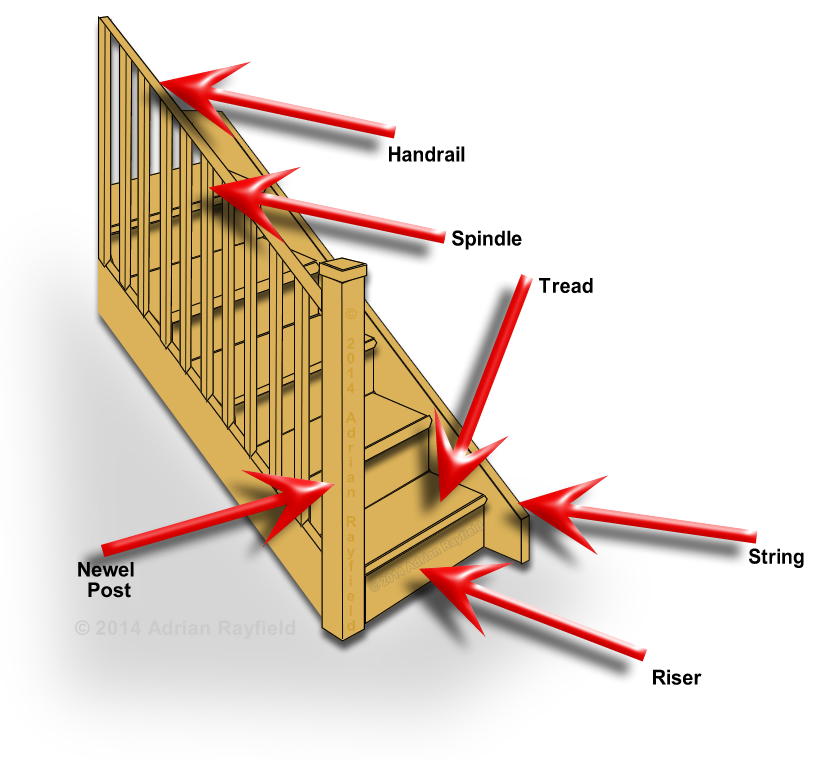
Tags: Bullnose, Handrail, Landing, Newel, Newel Post, Pitch, Rake, Riser, Slope, Spindle, staircase, Stairway, Stairwell, Step, String, Stringers, Tread
Posted in Decorating Tips | 1 Comment »
5 things to think about when decorating a childs bedroom
Posted by Adrian
July 7th, 2014
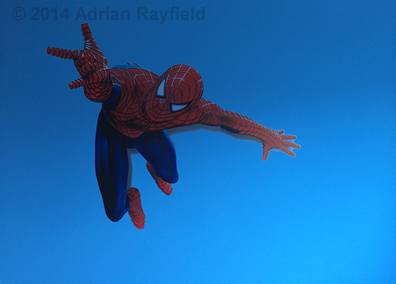
5 things to think about when decorating a childs bedroom
When decorating a childs bedroom there are a few things to think about, such as what colours to use, what the child is going to use the room for, is it going to be a dual purpose room for study and play? Or is it just a play area? Here are just five things to think about.
Bright and bold
Kids love bright and bold colours so reds, yellows, blues and oranges will keep the kids interested and make it a fun room to be in, especially if they are young. Don’t be afraid to use colour in a kids room, you can always change it at a later date when they get older and grow out of the current colour scheme.
Think tough
Kids being kids will make marks on the walls and paintwork so look out for wipeable emulsions and those that say they are tougher than normal, the same goes for woodwork. A good emulsion should allow you to remove any scuffs easily, if you are going to use wallpaper, find a scrubbable and washable paper so marks can be removed.
Murals and drawings
To make a room even more fun, you can add drawings or murals to a wall, or perhaps a decal of their favorite superhero? You could theme a room to what your child is interested in, such as animals, cars, or space, and the theme can be changed as they grow and tastes change. If you are an artist or know a friend who is one, you can have a scene painted onto the walls of over lining paper.
Storage
Kids have a lot of toys and games and you will need somewhere to store them all for when they have finished playing with them at the end of the day, so think of storage solutions, such as underbed storage, cupboards, shelves, and storage boxes. All of these things are relatively cheap to buy and will help keep your kids room clutter free, which will inturn make the task of cleaning just that little bit easier.
Study area
As your children gets older they will need a place to study and do their homework, so a desk will be vital and help them organise their stuff and have a quiet place to study and do their homework. These can be a stand alone desk bought as a flat pack that you assemble yourself, or a custom made one if you have a small or awkward area to fit a desk into. You can do it yourself by buying some wood and board from a DIY store if you are handy with your hands.
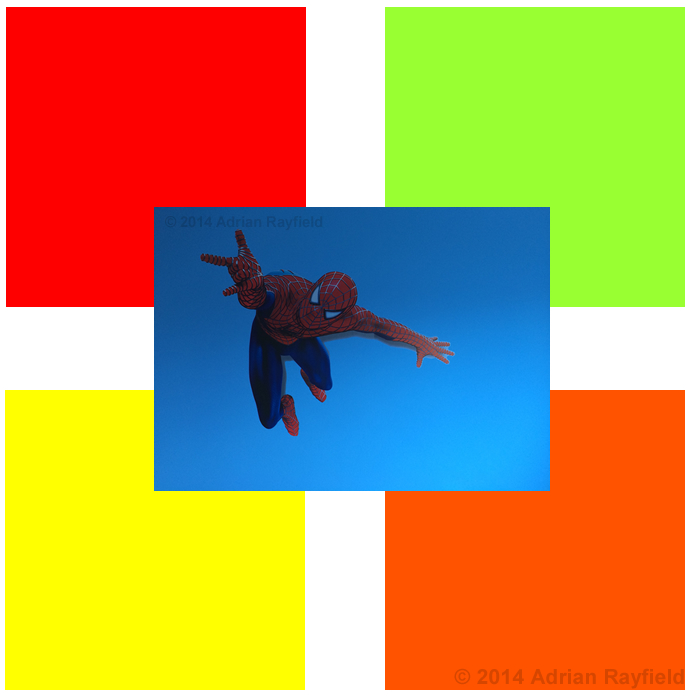
Tags: bedroom, Children, Colour, Decorating, Emulsion, Kids, Lining Paper, Mural, Storage, Study, Toys, Wallpaper
Posted in Decorating Tips | No Comments »
